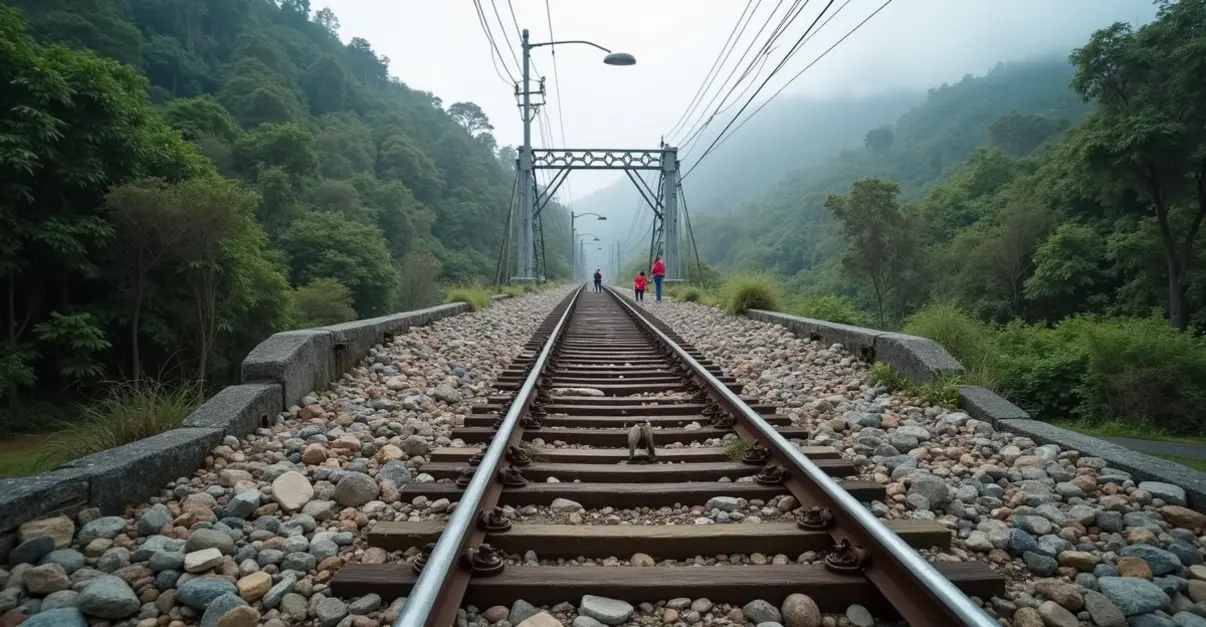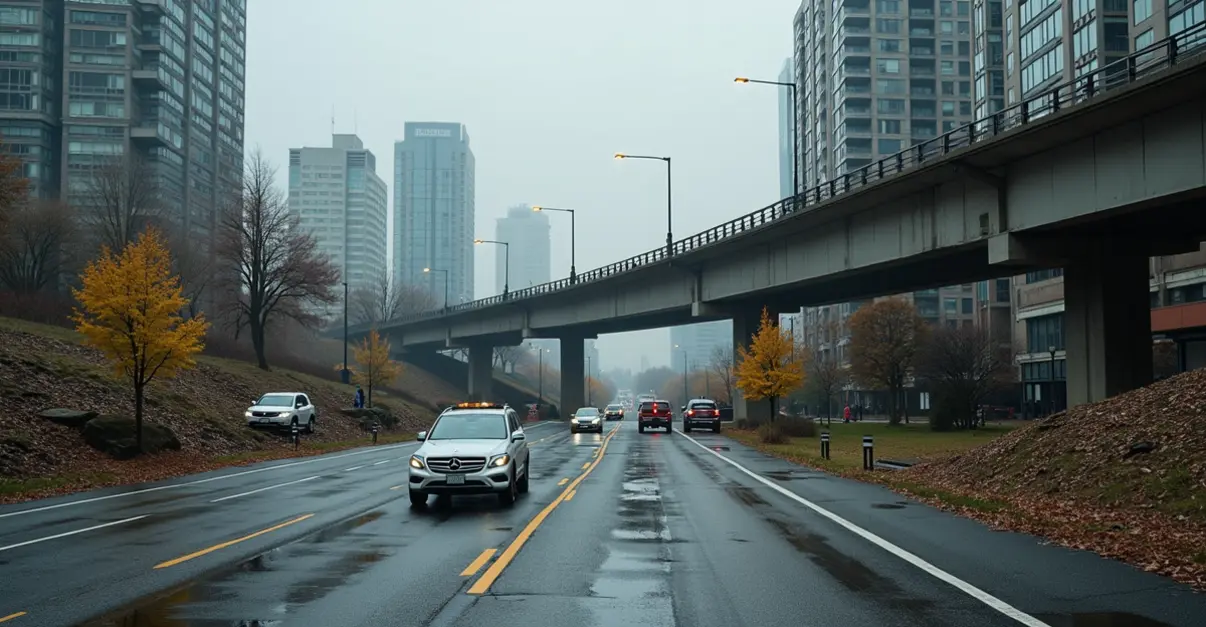Public inquiry launched into Isabela bridge collapse that injured six. Investigation reveals defective design, budget cuts, and overload violations. President Marcos vows accountability while reforms target infrastructure safety standards.

Major Infrastructure Failure Prompts National Investigation
A comprehensive public inquiry has been officially launched following the catastrophic collapse of the Cabagan-Sta. Maria Bridge in Isabela province, Philippines, marking one of the most significant infrastructure failures of 2025. The 990-meter bridge, which had recently undergone a PHP 1.228 billion retrofitting project, partially collapsed on February 27, 2025, injuring six people and damaging multiple vehicles.
Investigation Timeline and Scope
The Department of Public Works and Highways (DPWH) has established a special investigation panel with a mandate to deliver its findings by April 25, 2025. The Senate Blue Ribbon Committee has also initiated its own motu proprio investigation, scheduled for March 14, 2025, led by Senator Alan Peter Cayetano. 'This was an accident waiting to happen,' Senator Cayetano revealed, 'All segments of the collapsed bridge were defective, pointing to serious structural deficiencies.'
Accountability Measures Under Scrutiny
President Ferdinand Marcos Jr. has taken a firm stance on accountability, stating that 'heads will roll' if corruption or negligence is uncovered. The President identified multiple critical flaws in the bridge's design and construction, noting that while the contractor followed specifications, the specifications themselves were fundamentally flawed. 'The bridge had a flawed, poor and really weak design,' President Marcos stated, 'It was originally designed as a suspension bridge but built without cables, with improper anchoring of supports.'
Systemic Failures Revealed
The investigation has uncovered alarming details about the project's execution. The bridge's budget was reportedly cut from PHP 1.8 billion to under PHP 1 billion through cost-cutting measures, raising questions about whether financial constraints compromised safety standards. While designed for light vehicles with a 44-ton maximum load capacity, the bridge collapsed while carrying two overloaded trucks weighing over 100 tons each.
Proposed Reforms and Policy Changes
The incident has prompted calls for comprehensive infrastructure reforms. According to the 2025 analysis of public inquiries, such investigations serve five key objectives: establishing factual truth, identifying failures and assigning responsibility, restoring public trust, recommending reforms, and providing closure to victims. The DPWH has committed to implementing new safety protocols and enhanced inspection procedures to prevent similar disasters.
Broader Infrastructure Context
This collapse occurs against the backdrop of broader infrastructure challenges highlighted in the 2025 ASCE Infrastructure Report Card, which shows that while progress is being made, significant investment gaps remain. The report emphasizes that infrastructure improvements require cost-benefit-risk analysis rather than traditional cost-benefit thinking, as all systems are interrelated and cannot be selectively upgraded.
Looking Forward
The public inquiry represents a critical moment for infrastructure accountability in the Philippines. As investigations continue, stakeholders await the April 25 deadline for the DPWH panel's report, which is expected to recommend substantial policy changes and institutional reforms. The outcome of this inquiry will likely set precedents for how future infrastructure projects are designed, funded, and monitored across the country.

 Nederlands
Nederlands
 English
English
 Deutsch
Deutsch
 Français
Français
 Español
Español
 Português
Português









